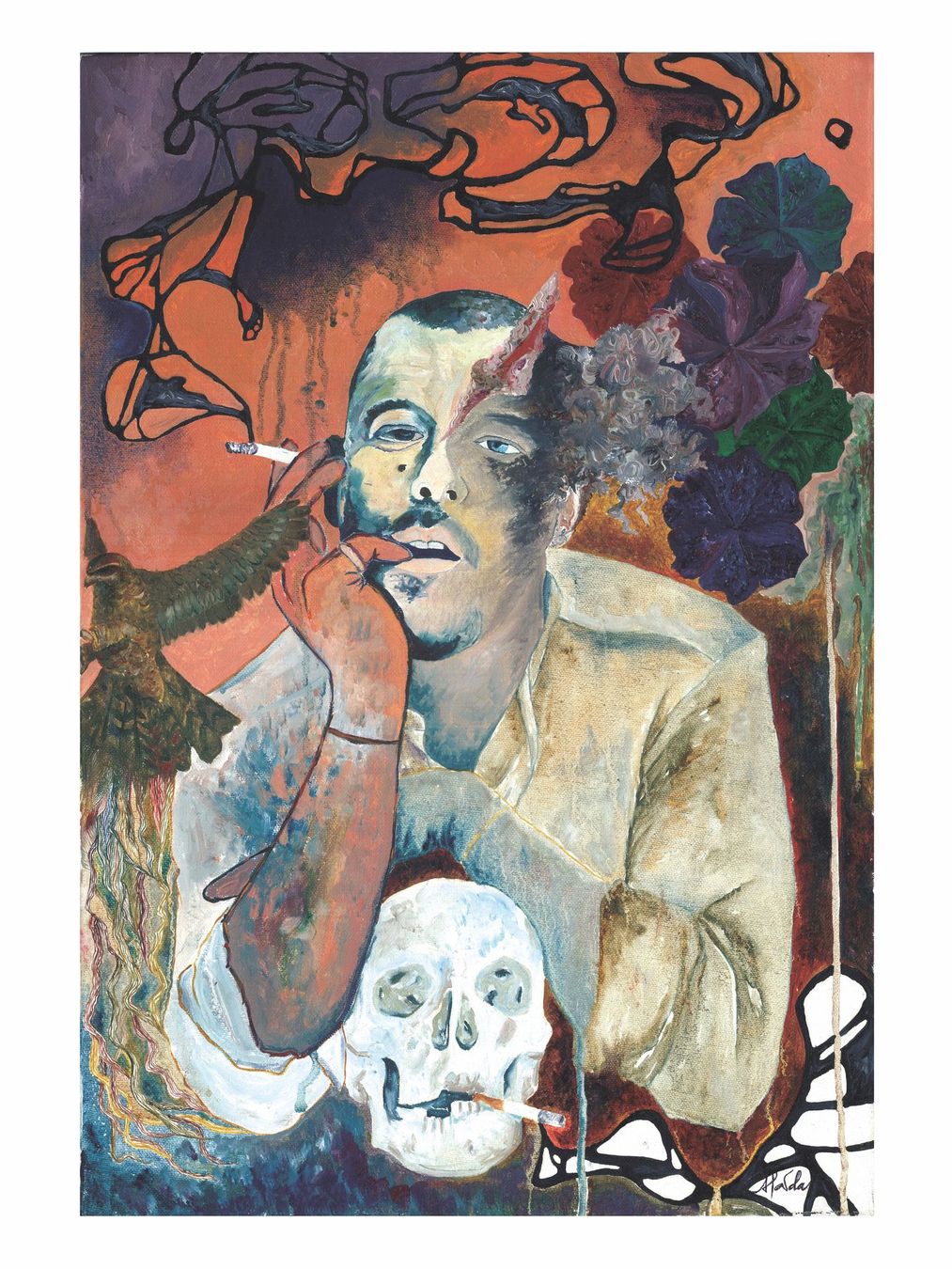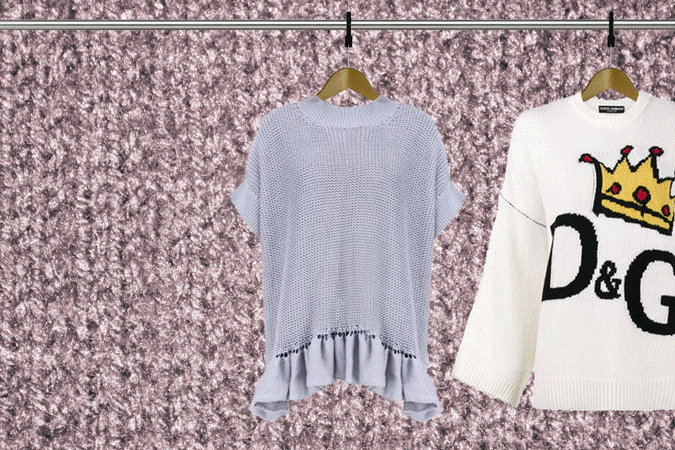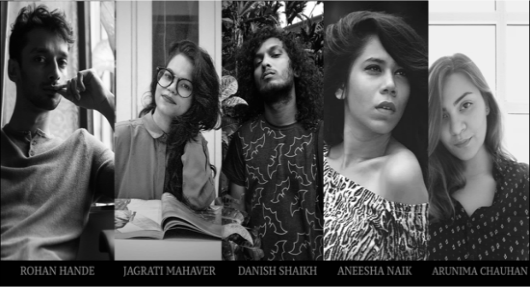Designing clothes is not only creative, whimsical and glamorous, it’s also stressful.

French painter and sculptor, Jean Dubuffet said, “For me, insanity is super sanity. The normal is psychotic. Normal means lack of imagination, lack of creativity.” For as long as we can remember we have considered creative minds odd, extreme and one-of-a- kind; we have tagged them ‘different’, ‘unusual’ and sometimes even called them ‘mad’, ‘nonconformists’. This idea of the tortured artist can be trailed back in history to writers, poets, painters, musicians, designers, dancers and many others.
As much as we all love romanticising the artist riddled by madness and eccentricity, there is no denying that many well known creative people have experienced mental anomalies. And if we were to make a list, then it would feature some of the most prominent names like — Beethoven, Vincent van Gogh, Virginia Woolf, Sylvia Plath and Yves Saint Laurent, along with many others. While we all agree that the art of creating can be therapeutic and curative, how do we validate the tragic tales of these late artists?
+Yves Saint Laurent biopic trailer
Creatives everywhere face inimitable pressure and the fashion industry is no exception. While fashion is innovative and artistic, it’s also a business. It’s about selling. With ready-to-wear, couture, cruise, diffusion, all spread end-to-end, season after season, designers have to design several collections in a short span of time. McQueen designed twenty in two years. Twenty. Not to overlook the constant need for re-invention, staying ahead of trends and never failing to deliver. It’s safe to describe a designer as an artist creating for the masses in an environment where he’s constantly pressurised with competition and subjected to public criticism. With such less time to relax and simmer down, many people turn to drugs and alcohol as a quick escape, to keep up with the pace — and this is no secret.
Yves Saint Laurent for instance, was known to frequently turn towards drugs and alcohol to fight his inner demons. He served in military for a brief time, where he was deemed unfit for war and subsequently diagnosed with manic depression – the treatment to which eventually left him with deep scars and longstanding substance abuse. At that time he also learned that he was fired from Dior. With the help of his partner, Pierre Berge, he started his own line, Yves Saint Laurent YSL. However, the success of his label didn’t ease his mental instabilities or reduce his addiction to drugs. The designer who is celebrated for empowering women with his famous Le Smoking tuxedo suit could sometimes barely walk down the runway for his finale.
+McQueen and I, a documentary on Alexander McQueen directed by Louise Osmond.
Almost around the same time when Yves Saint Laurent’s success in Europe was at its peak, in America there was a flamboyant party-boy, brimming with style and suave, eventually changing the face of American fashion forever — Roy Halston Frowick. He gained popularity when he designed hats for Jacqueline Kennedy and his stardom sky rocketed when he dressed glamorous women like Bianca Jagger, Elizabeth Taylor and Rita Hayworth. But creativity need not usher good sense of business; in 1980s after a number of business blunders, failure to meet deadlines and increasing drug use costed Halston control over his company and the right to design under his name. He couldn’t keep pace with his rapid success and excessive partying. His obsessive nature and infatuation with his own image led him to a dark place where drugs diminished his remarkably creative talent.
Everyone talks about pressure in the fashion industry; pressure to deliver to big corporations, to meet expectations of the buyers, consumers, and above all, to never fail to impress the media. This pressure can also come from a designer’s perfectionist personality. When we look at muddled careers of designers like John Galliano, it becomes easier to comprehend how the weight of being Creative Director can take a toll on your mental well being. He once explained, “What started with two collections a year became 32 collections and a show every four weeks. It was non-stop.” This led him adrift to the inevitable path of alcohol addiction. However, he expressed that he did not rely on alcohol for creativity. It was a crutch outside Dior, to help him crash after collections. With more collections, the crashes became frequent, eventually leading him to taking pills to ‘switch-off’. After his public breakdown in 2011, Galliano’s dismissal from Dior ruined his career, but hitting rock bottom did make him realise that he needed help to tackle his issues of anger, restlessness and his addictions.

+Illustration by Alaida Tresa
But not everybody’s cry for help was heard in the industry. On 11th February 2010, everyone was left to grieve Alexander McQueen’s heartbreaking death at his own hands. He had terrible bouts of anxiety, depression, insomnia and he admitted dependance on chemicals to overcome this. A year prior to his death, he’d overdosed on drugs- twice. Even after conquering his addictions, he felt extremely pressurised at work due to which he sought comfort in drugs, again. McQueen was one of the most glorious designers in the ’90s who created phenomenal, ground-breaking shows, yet he couldn’t keep up with his success and compete with his own creativity and as he saw the pressure rising, the lonelier he felt. He was known to have the reputation to disappear after his shows and many people saw his suicide as his ultimate withdrawal.
+John Galliano on Alexander McQueen
It may not be suitable to label these instances as the same, but there is no denying the common link; it all got too much! The fashion world’s compelling demands have been one of the main reasons behind increased depression, insomnia and anxiety among many talented designers. When we realise how overtaxed they maybe, it starts to make sense why so many of them recourse to drugs and alcohol to untwine which only results in more serious mental ailments. Their need for downtime and disconnect from the industry is essential. But living in an age where all information is consumed much faster because of the internet, we seem to loose interest quickly so there’s constant demand for something new. While it’s comforting that not every designer has lost his way under pressure and stringent demands of the industry,
we cannot be ignoring the ones who do. It is important to stop running the fashion world on unrealistic expectations, and cause anymore tragedies. And the ones who find themselves breaking should be aware of the alternatives. Like Victor & Rolf and Jean Paul Gaultier, for instance have cast away from ready-to- wear to focus on couture. “The speed at which it has to be done does not help us. We are reflective people and we need time to create”, explained Victor & Rolf. A healthy work environment is necessary for everyone, perhaps it’s time for the industry to slow down and reflect before all the creativity is lost. One needs to recognise the importance of downtime and to do things that feed your soul. It is necessary to channel your creativity in the right direction, without being cruel on yourself.
By: Saaniya Sharma – @saaniya07





